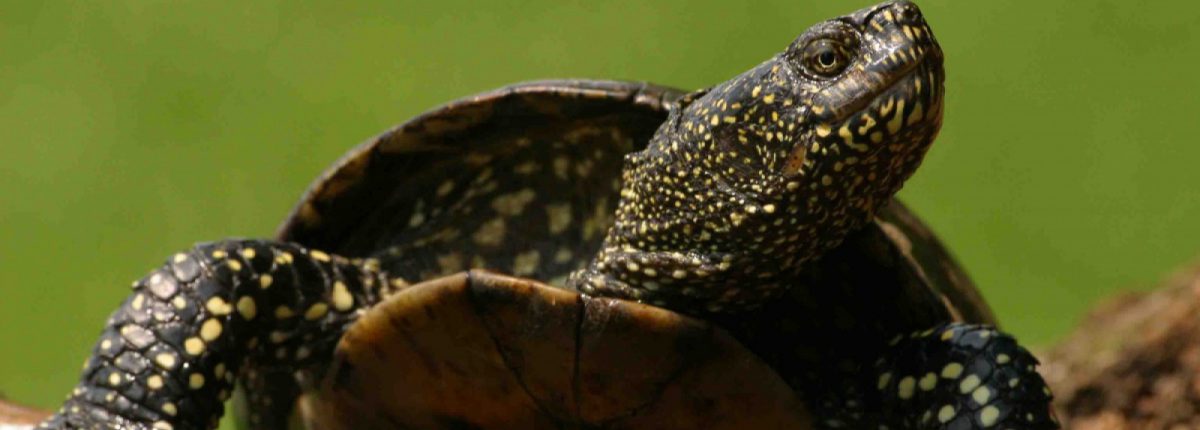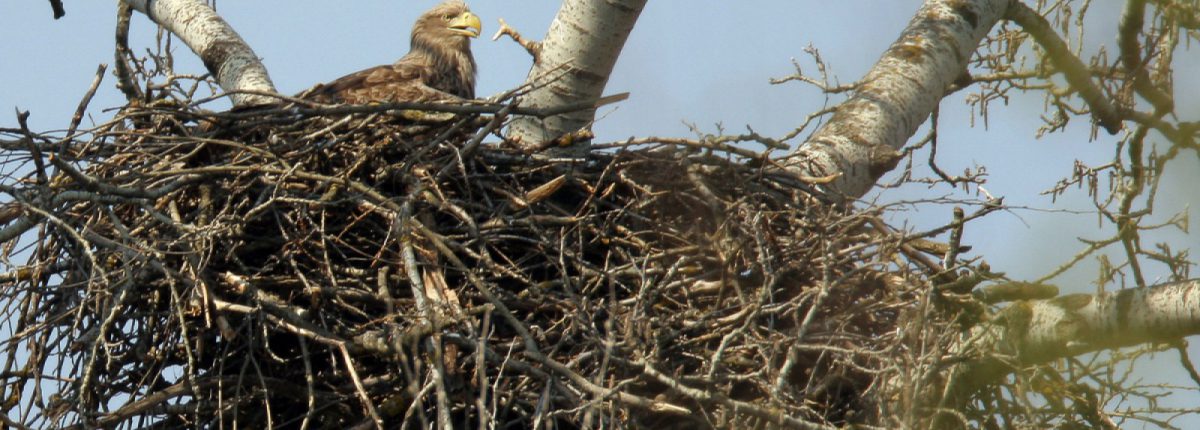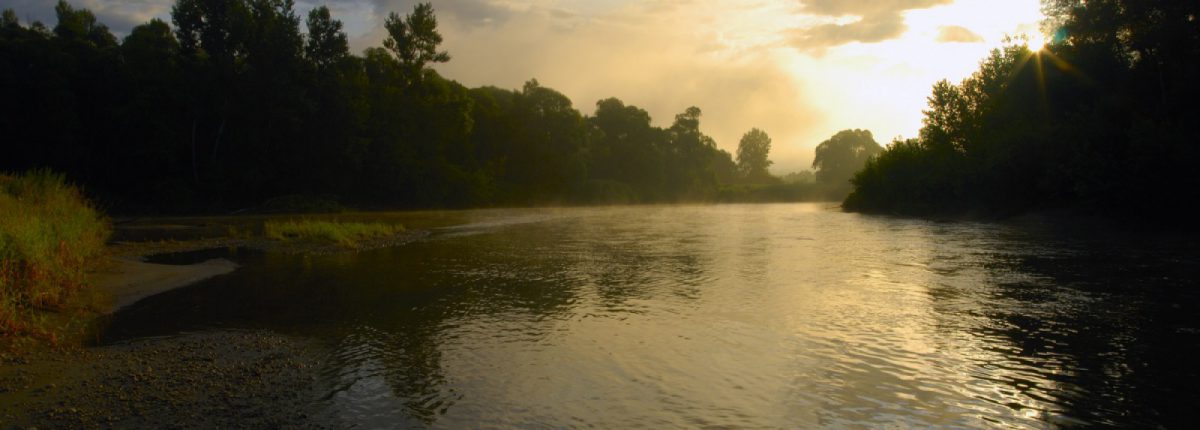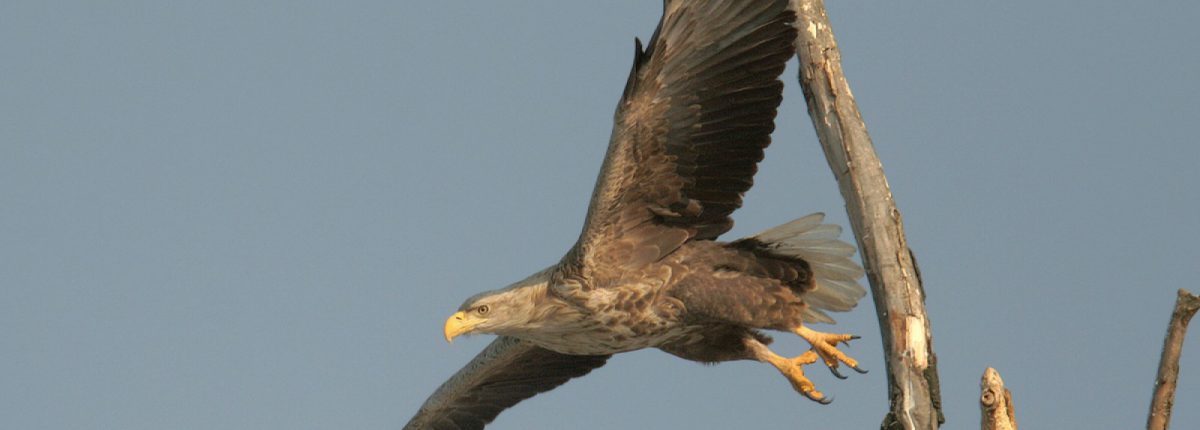Background
A treasure trove of nature and culture
Spanning Austria, Croatia, Hungary, Serbia and Slovenia, the lower courses of the Drava and Mura Rivers and related sections of the Danube are among Europe’s most ecologically important riverine areas: the so-called “Amazon of Europe”.
The rivers form a 700 kilometers long “green belt” connecting almost 1,000,000 hectares of highly valuable natural and cultural landscapes from all five countries and have therefore become a symbol of unity by becoming world´s first five country Transboundary UNESCO Biosphere Reserve “Mura-Drava-Danube” (TBR MDD).
Despite numerous man-made changes in the past, this stunning river landscape hosts an amazing biological diversity and is a hotspot of rare natural habitats such as large floodplain forests, river islands, gravel and sand banks, side branches and oxbows. These habitats are
home to the highest density of breeding pairs of white-tailed eagles in Continental Europe and other endangered species such as the little tern, black stork, beaver, otter and the nearly extinct ship sturgeon. Every year, more than 250,000 migratory waterfowls use the rivers to rest and to feed.
A coherent network of 13 protected areas along the rivers highlight their ecological values including the world famous “Kopački Rit” Nature Park at the Danube-Drava confluence, “Drava-Mura” Regional Park in Croatia, “Gornje Podunavlje” Special Nature Reserve in Serbia and the “Danube-Drava” National Park in Hungary as well as Natura 2000 Sites in Slovenia and Austria.
In addition to high levels of biodiversity, the river and floodplain areas are vital to the local communites. Local fishermen rely upon the fish populations for their livelihoods. The extensive floodplains lower the risks from floods, secure favorable groundwater conditions and self-purification of water which is essential for drinking water, forests and agriculture. People also enjoy recreational activities along the rivers by walking, swimming, fishing or canoeing.
The area’s cultural heritage is the evidence of a vibrant past with various cultural influences from east and west. The presence of the Ottoman and the Habsburg empires are visible in the architecture of many old cities in the region. Croatians, Hungarians, Serbs and even some Austrian, German or Czech descendants can still be found in the villages of Croatian Baranja or Serbian Vojvodina.
The "Amazon of Europe" under threat
Conflicting management practices such as ongoing and planned channelling of the natural river courses, extraction of gravel and sand from the riverbed and new hydropower dams are threatening the ecological integrity, bio diversity values and natural resources of the area.
Contrary to EU environmental laws and international stand ards, river management in Croatia, Hungary and Serbia is still based on outdated concepts. The idea of transforming natural rivers into uniform channels denuded of gravel and sand is an erroneous and antiquated practice.
These practices, allegedly contributing to navigation and flood protection, are threatening the ecological values and natural resources of the Mura, Drava and Danube area.
River channelling and extraction of sediments from the river cause devastating environmental impacts: it leads to deepening of riverbeds, dries out wetlands and floodplain forests, ruins natural river habitats and threatens endangered species. This is evident in the decline of the sand martin along the Drava from 14,000 breeding pairs in 2005 to 7,000 in 2020.
Beside the loss of biodiversity, irresponsible river management causes considerable economic damage: e. g. decreasing water levels have negative impacts on drinking water, forests, agriculture and fish stocks. River channelling also increases the risk of floods in downstream settlement areas.
Currently, the most affected areas by newly planned large scale river channelling are the natural stretches of the Danube and Drava rivers in the border area between Croatia, Hungary and Serbia impacting the core zone of the Biosphere Reserve like the “Kopački Rit” Nature Park. Planned hydropower dams threaten the Mura River in Slovenia and the Drava River in Croatia.




